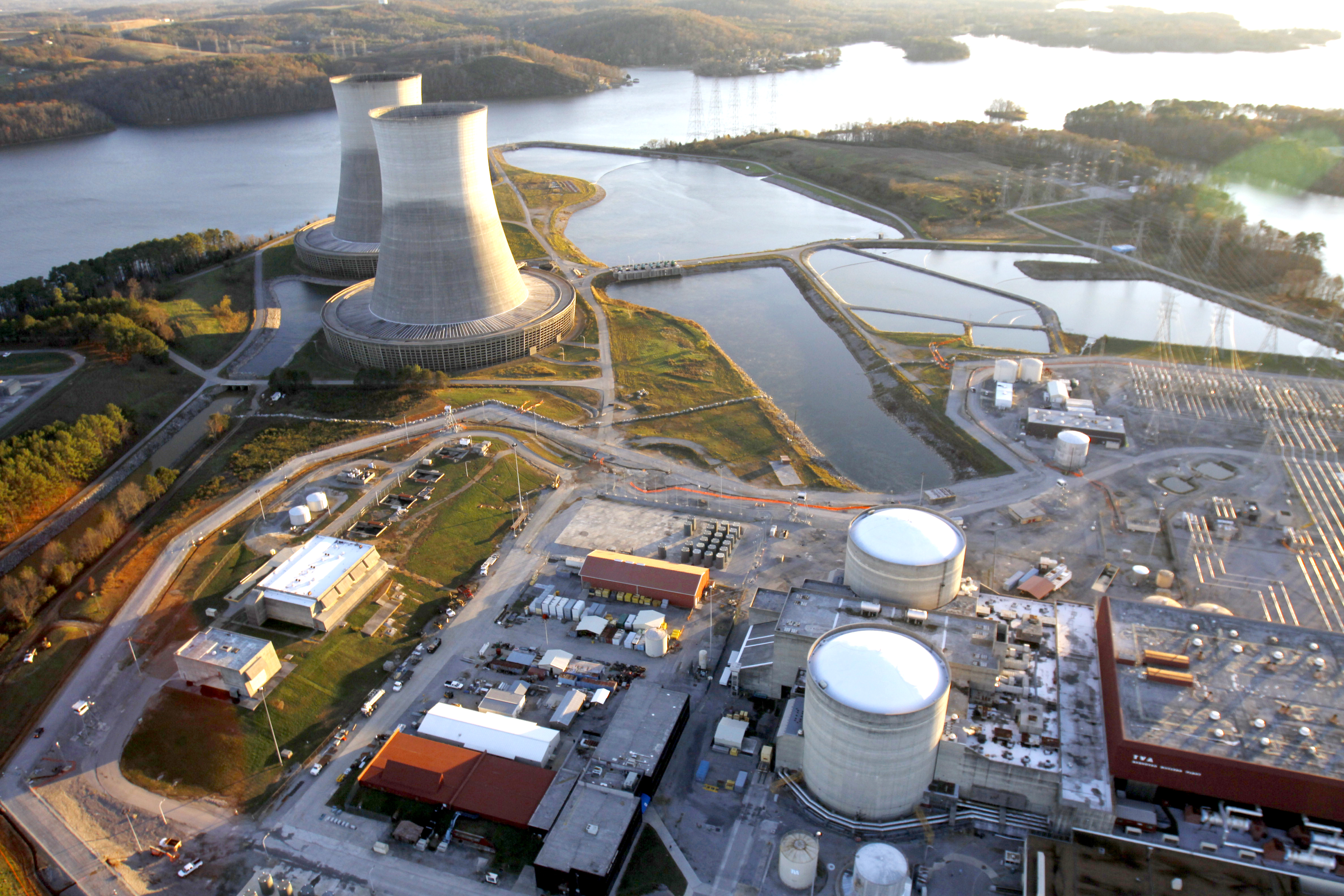Sequoyah struggles with flood preparedness, notifies NRC
Friday, January 1, 1904
Read moreSequoyah struggles with flood preparedness, notifies NRC
Flood seals protecting the Sequoyah Nuclear Plant near Soddy-Daisy were found to be degraded last week, just before TVA met for a second time with nuclear regulators about plans to add new protections against a potential giant flood.
Tennessee Valley Authority officials on Wednesday filed an "event" notice with the Nuclear Regulatory Commission.
The utility said testing had shown that both reactors at Sequoyah were "at risk of flooding" because conduit junctions were not water-tight.
Sump pumps in the emergency raw cooling water station building would not be able to keep up with a flood, according to the event notice and spokesman Ray Golden.
"As part of our licensing, we have expectations that certain conduits are sealed and floodwaters won't get in," Golden said. "When we checked this particular one -- and there are probably hundreds of them -- we found that the sealing material was degraded."
Golden said TVA made immediate plans to fix the problem, including placing a higher-capacity pump in the building.
NRC spokesman Joey Ledford said regulators will analyze the event notice and the problem that prompted it.
"It's too early to say if it rises to further regulatory action," Ledford said.
Nuclear operators across the country are working to meet new NRC regulations to prepare for the potential mother of all floods.
Hurricane Sandy this year pointed out the wisdom of the toughened planning when record floodwaters threatened four reactors on the East Coast.
TVA also found that its decades-old maximum flood calculations were off a bit.
The combined miscalculations and a superflood would send water four feet higher than previously believed at Watts Bar Nuclear Plant in Spring City, Tenn., and almost 2.5 feet higher at Sequoyah.
In addition to modifying critical areas within the plants, TVA is planning to raise the embankments flanking dams at Watts Bar, Fort Loudoun, Tellico and Cherokee.
Already, about $10 million has been spent on temporary sand and crushed-rock baskets that raised the embankments four to six feet.
The permanent fixes are estimated to cost another $20 million to $30 million, according to TVA officials.
